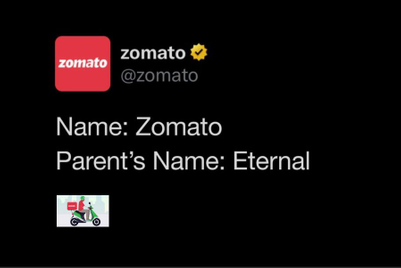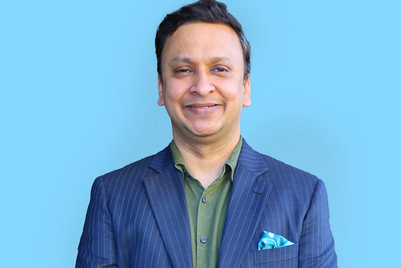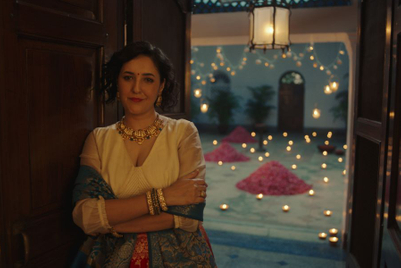What do Zomato, Netflix, Tanishq, Bingo Mad Angles, PhonePe, Amazon, WhiteHat Jr., and Eros Now, have in common?
They are all brands who’ve faced the ire of social media users in the past few months. What isn’t common between these brands, though, is why they attracted social media furore; the ‘offences’ are all varied.
For instance,
#BoycottZomato trended on Twitter shortly came after the brand replied to actress Swara Bhasker’s tweet asking Zomato to stop advertising on news channels that spread hate. For
Netflix, users outraged against a scene in A Suitable Boy, where a Hindu girl kisses a Muslim boy in a temple.
Calls to #BoycottBingo came soon after the brand released its new ad featuring actor Ranveer Singh. Social media users believed his character rattling off random scientific words mocked late actor Sushant Singh Rajput who was known to be interested in science.
Eros Now was in hot water for a borderline bawdy Navratri social media creative featuring Katrina Kaif. Except Eros Now, the rest of the brands have battled this backlash in just the last 10 days.
In an age when a sizeable chunk of a billion-plus population has access to social media, brands are held more accountable in real-time. However, do app uninstallations, lower ratings, outrage against celebrity endorsers and pledges to boycott brands have lasting business implications? Or is the public’s short-term memory actually a boon in such times?
Decoding the outrage
“This year has been an exceptional one with a lot of dissent against any form of communication which pokes at popular belief,” says Smita Murarka, VP – marketing at Duroflex. “It’s very important to understand the target audience for a brand and their sentiments prevailing currently. Marketers need to understand these two contexts and the business they are in before putting out any communication.”
Apurva Chamaria, senior vice president and chief of staff, Tech Mahindra, believes that social media can be incredibly effective in tarnishing a brand’s reputation. “This is true especially in the era of ‘dark social’ where traditional online relationship management (ORM) techniques might not work and the cost of expression and ability to generate network effects has massively increased,” he says, adding that ‘effective’ boycotts could result in damage to the partner eco-system, market share loss and in extreme cases talent and revenue flight, in addition to the loss of reputation and revenue.
The struggle for brands seems to be in finding the sweet spot between spotting pure trolling and serious outrage. When should outrage be ignored? The simplified answer seems to be in checking all the boxes before putting out communication and taking a stance about not conceding defeat to trolls. Murarka recommends a strong balance of caution and creativity; being everything to everyone isn’t advisable.
Exit strategy
For starters, brands mustn’t shy away from doing what is right and understand that a vast country like India will offer polarising opinions, feels Lloyd Mathais, business strategist and former Asia marketing head at HP Inc. Mathias believes that while being sensitive to boycott culture is sensible, “brands must also recognise that issues and trends on social media are mostly ephemeral, and die down quickly when trolls divert attention to the next thing.”
While boycotts are seldom in good faith, Murarka believes apologies in case of oversights should be par for the course. “It’s best ignored if it’s baseless,” she feels.
A senior marketing and communications professional (who wished to remain anonymous) says even the few hours or days spent facing the fire could damage brands operating in a highly competitive, cluttered space. It doesn’t help that platforms like Twitter’s policies don’t offer much help in protecting brand accounts from unnecessary trolling. At least on Facebook and YouTube, one can “turn off comments”, she says. Brands become a soft target in these cases.
Business implications
Oftentimes, social media proves to be an echo chamber for outrage. In the case of backlash, brands also need to analyse any actual changes in revenue. For instance, users brought down Zomato’s app ratings, but did that actually change anything in terms of transactions, market share and earnings?
“Consumers usually give in to the convenience offered by the under-fire brands,” Chamaria explains. That’s not to say brands shouldn’t actively listen on social media and manage the crisis, but long-term harm to the business might necessarily not be one the consequences.
Digital marketing vs TV
Digital offers brands sharper audience targeting as compared to TV and print. However, will targeting only an audience who uses, relates and identifies with the brand’s services mitigate the trolling – possibly a reaction to mass media communication?
The senior marketing professional believes the approach could work for niche brands. But brands gunning for more eyeballs across a large subset of the population cannot afford to miss out on TV; the benefits far outweigh the disadvantages.
“Whether you are advertising on traditional or digital, the backlash will always mostly be visible on digital. Neither forms protect brands from backlash, but yes, because digital is more targeted and reach can be isolated, it gives brands more ability to do context-centric messaging and advertising, thereby reducing chances of backlash,” Chamaria notes.
Mathias feels leveraging digital-only to keep trolls at bay is short-sighted. Especially considering how anything that’s offensive or controversial will most definitely make its way into the public domain, and in most cases, social media.
Trolling, backlash and outrage are always around the corner for brands as long as social media is around. What brands can do is stay true to who they are and their values, and refrain from tone deaf-communication. This might just be the best strategy to tackle outrage.




.jpg&h=334&w=500&q=100&v=20250320&c=1)
.jpg&h=334&w=500&q=100&v=20250320&c=1)
.jpg&h=334&w=500&q=100&v=20250320&c=1)


.jpg&h=334&w=500&q=100&v=20250320&c=1)





.jpg&h=268&w=401&q=100&v=20250320&c=1)


.jpg&h=268&w=401&q=100&v=20250320&c=1)



